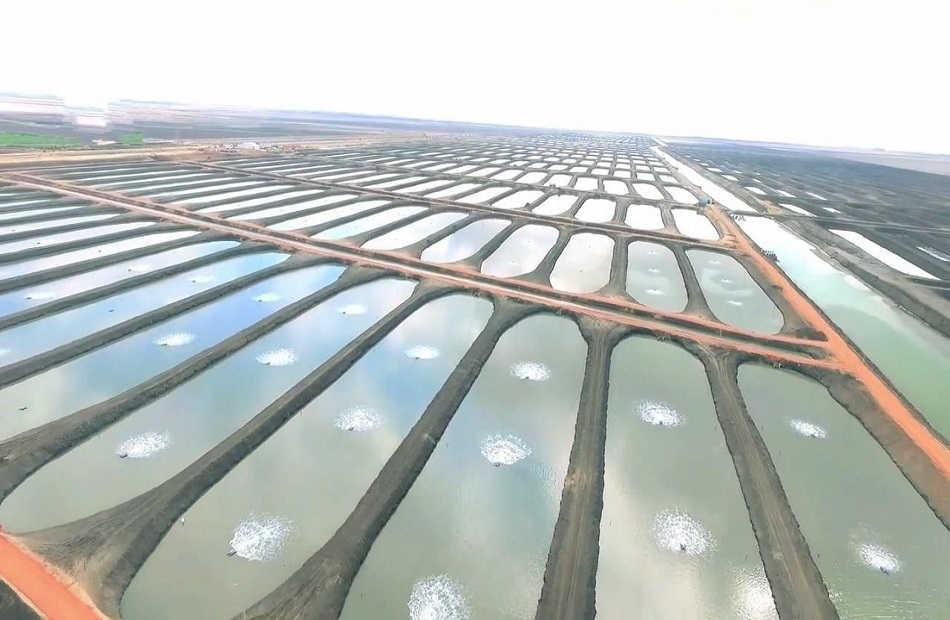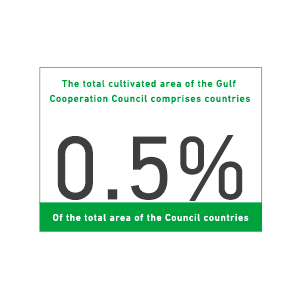Fish Farming is a project centered on the breeding and cultivation of fish and marine organisms, utilizing both freshwater and saltwater environments, alongside feed and tanks, while meticulously managing water temperature, oxygen levels, and other environmental factors crucial for fish growth and reproduction. The project aims to safeguard fisheries, enhance local production, and address food shortages by reducing dependence on imports, boosting exports, and attaining self-sufficiency in fish production. Moreover, it seeks to create employment opportunities for youth. Mashroo3k for Economic Consulting anticipates that this project will successfully capture its target market share and yield substantial financial returns.

Fish Farming is a project centered on the breeding and cultivation of fish and marine organisms, utilizing both freshwater and saltwater environments, alongside feed and tanks, while meticulously managing water temperature, oxygen levels, and other environmental factors crucial for fish growth and reproduction. The project aims to safeguard fisheries, enhance local production, and address food shortages by reducing dependence on imports, boosting exports, and attaining self-sufficiency in fish production. Moreover, it seeks to create employment opportunities for youth. Mashroo3k for Economic Consulting anticipates that this project will successfully capture its target market share and yield substantial financial returns.
Mashroo3k for Economic Consulting is delighted to offer a comprehensive feasibility study for Fish Farming, adhering to the latest international standards in this field. Our services are distinguished by meticulous methodology, thoroughness, connectivity, and forward-thinking capabilities, all supported by our extensive database covering all Middle Eastern markets. With a team of consultants renowned for their extensive experience, competence, and professionalism, we ensure superior service delivery. Furthermore, we provide our clients with access to top-quality production lines at competitive prices.



Executive Summary
Project Service/Product Study
Market Size Study
Study of Risks
Technical Study
Financial Study
Regulatory and Administrative Study

The Agricultural Production in the GCC countries
The Agricultural Sector undoubtedly holds a paramount role in world economies, serving as a cornerstone for achieving self-sufficiency and ensuring food security. Beyond merely sustaining livelihoods, it acts as a powerful force in curbing unemployment and alleviating poverty. Additionally, it stands as the primary source of providing essential raw materials for a multitude of manufacturing industries. Around 935.6 million workers are employed in this vital sector, representing 28.3% of the global workforce.
for a multitude of manufacturing industries. Around 935.6 million workers are employed in this vital sector, representing 28.3% of the global workforce.
The Global Sector of Agricultural Production
Over the past 20 years, the value added to agriculture has increased by 73% to reach USD 3.5 trillion.
Agriculture accounts for 4% of the global GDP.
There are 874 million workers in the agriculture sector, representing approximately 27% of the global workforce.
The total global agricultural land area is estimated at 4.8 billion hectares, divided into (3.2 billion hectares of meadows and pastures, and 1.6 billion hectares of crops).
The total global production of primary crops is 9.4 billion tons.
The total global production of red and white meat is 337 million tons.
The total global production of fruits is 883 million tons.
The total global production of vegetables is 1128 million tons.
The total global production of vegetable oil is 201 million tons.
The total global production of dairy is 883 million tons.
The total global production of eggs is 83 million tons.

According to the United Nations Food and Agriculture Organization (FAO), global hunger is on the rise, with the number of malnourished individuals reaching 770 million. While this figure is alarming, there is optimism that agriculture can contribute to its reduction. However, it’s concerning to note that agricultural land worldwide decreased by 127 million hectares between 2000 and 2019, roughly equivalent to the size of Niger state, and forest area declined by 94 million hectares during the same period, approximately equivalent to the size of the United Republic of Tanzania. These statistics are unsettling, particularly considering the continuous growth of the global population. In light of this, “Mashroo3k” Company advocates for investments within the agricultural sector, aiming to align with the increasing demand for food